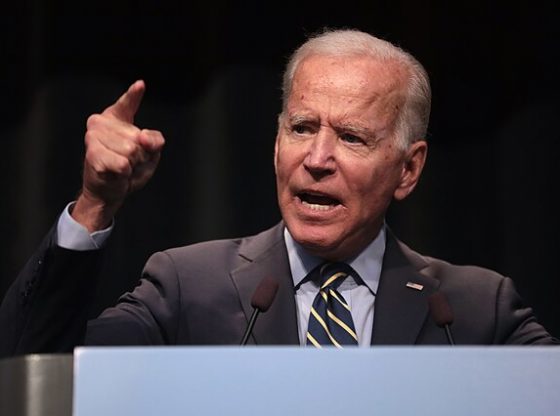Forty years ago, Iranian revolutionaries seized the U.S. embassy in Tehran, taking 98 people hostage.
What followed was a 440-day nightmare climaxing in a disastrous rescue attempt by U.S. special forces at the direction of President Jimmy Carter.
The failure of Operation Eagle Claw reshaped special operations forces forever. (Military Times)
Just ask retired Command Sgt. Maj. Richard Lamb, who was a corporal with the “Hard Rock” Charlie Company that was responsible for conducting the airfield seizure mission inside Iran for Eagle Claw.
“Eagle Claw was the mission that gave birth to the United States Special Operations Command,” Lamb told Military Times in an email.
“The foundation established in the aftermath of Eagle Claw enabled the development of the modern day Special Operations Forces that are the envy of the free world and a threat to any adversary,” Lamb said.
…
Iran intermittently released some of the hostages in the following weeks, all women and minorities. Nearly five months after the embassy was stormed, then-President Jimmy Carter signed off on a clandestine Eagle Claw mission to try and rescue the remaining 52 hostages.
The death of eight service members before the helicopter gunships neared Tehran canceled the operation almost before it got off the ground.
The Islamic Republic took the eight dead Americans and displayed them at the embassy. The shock of the failure and disgusting display terrified the world.
The silver lining was that the military realized the changing nature of conflicts and that our elite units needed to evolve.
They have done so through increased air capability for special operations and more robust intelligence gathering.














